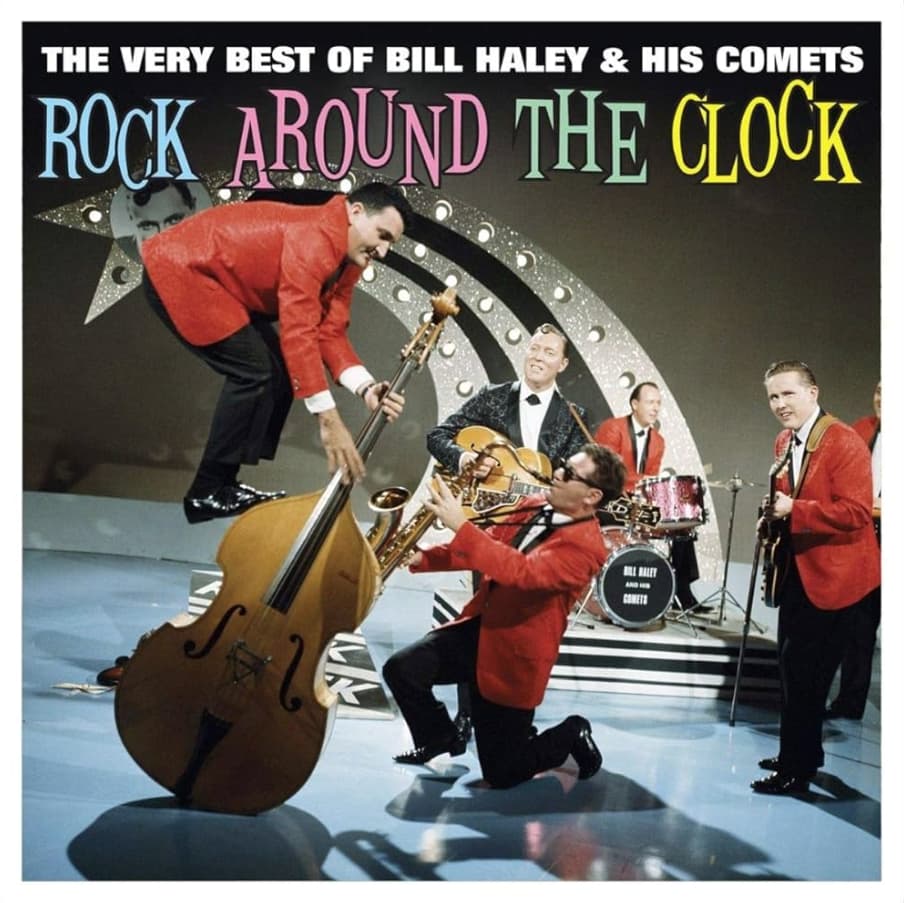
The Timeless Impact of Bill Haley & His Comets’ “Rock Around the Clock”
When Bill Haley & His Comets released “Rock Around the Clock” in 1954, little did they know they were setting the stage for a musical revolution. This track, penned by Max C. Freedman and James E. Myers (under the pseudonym “Jimmy De Knight”), wasn’t just a song; it became an anthem for an entire generation and a cornerstone in the edifice of rock and roll. Debuting on the American Decca label, it soared to the pinnacle of the charts, claiming the number one spot for two consecutive months and marking a significant moment in music history by topping the pop charts in both the US and the UK.
The significance of “Rock Around the Clock” extends beyond its chart success. It was recorded on March 20, 1954, by Sonny Dae and His Knights, but it was Bill Haley’s version that captured the zeitgeist of the 1950s. Its inclusion in the 1955 film “Blackboard Jungle” catapulted it to a broader audience, symbolizing teenage rebellion and the cultural shift towards rock and roll as a dominant music genre. This track was not merely a collection of catchy beats and rhythm; it was a declaration of a new era, punctuated by the vibrant energy of youth and the spirit of rebellion.
The song’s structure, a classic 12-bar blues format, was simple yet revolutionary in its impact, making rock and roll accessible to a mainstream audience. It reached number three on the R&B chart, underscoring its cross-genre appeal and its ability to resonate with diverse audiences. The song’s reentries into the UK Singles Chart in the 1960s and 1970s are a testament to its enduring appeal and its ability to resonate across different generations.
Recognized globally, “Rock Around the Clock” is often hailed as the track that propelled rock and roll into mainstream culture worldwide. Its historical, cultural, and aesthetic significance was further acknowledged in 2018 when it was selected for preservation in the National Recording Registry by the Library of Congress. Ranked No. 159 on Rolling Stone magazine’s list of The 500 Greatest Songs of All Time, the song remains a timeless piece, reflecting the dynamic shift in music consumption and cultural preferences of the mid-20th century.
The legacy of “Rock Around the Clock” is evident in its influence on subsequent musical styles and the artists it inspired. As a catalyst for the rock and roll era, it not only shaped the musical landscape but also mirrored the social changes of its time. This song did more than just rock around the clock; it moved the hands of musical history forward, marking the dawn of a new era in music that continues to resonate to this day.